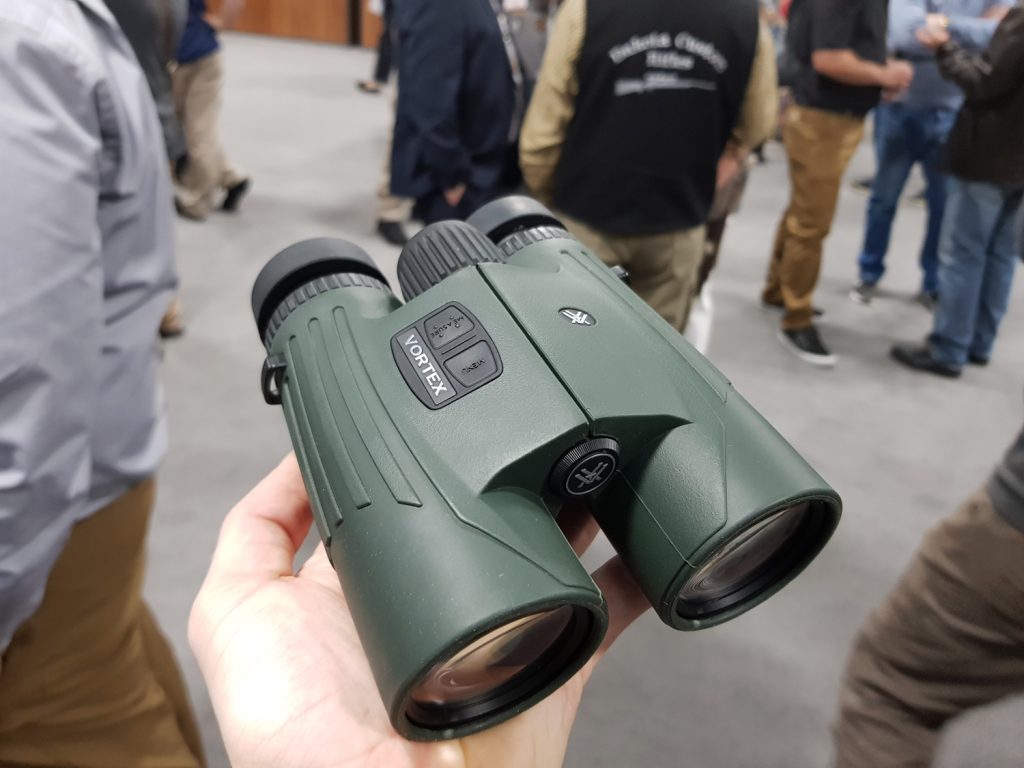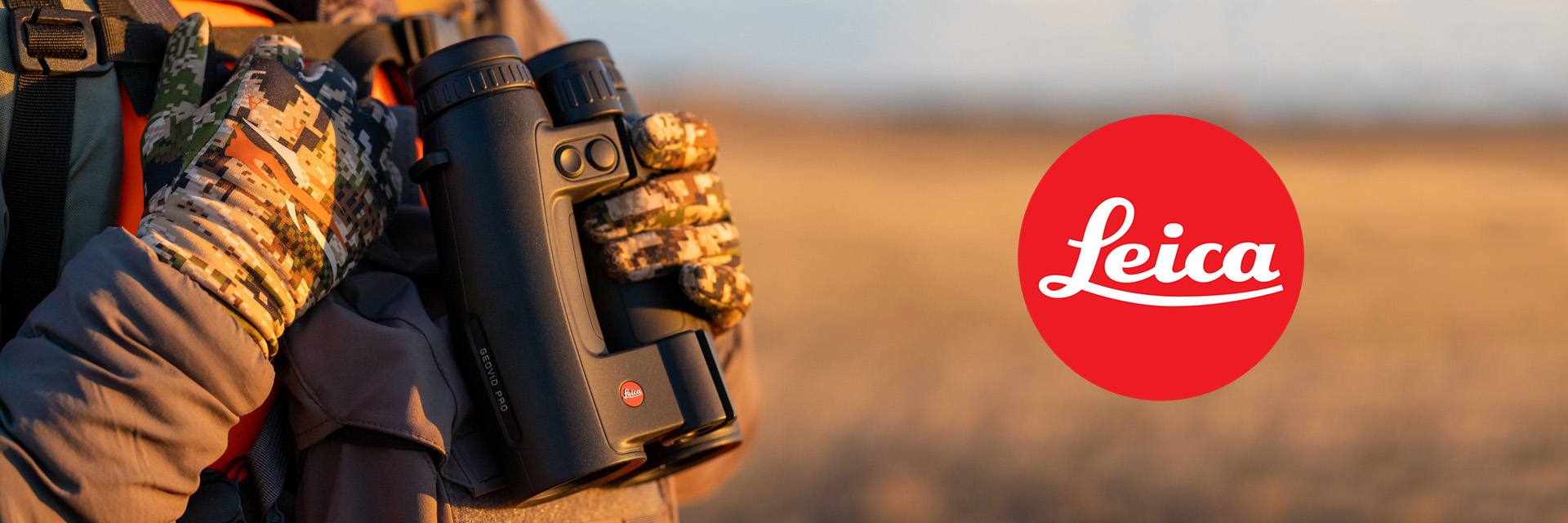Introduction
In 2017, Vortex launched their first-ever binoculars with an integrated laser rangefinder. A market previously dominated by premium optics manufacturers such as Leica, Swarovski, and Zeiss, has been gradually expanding since then. Several optics manufacturers have presented a product of this class. All binoculars with an integrated laser rangefinder once came with a very high price tag. They are still not cheap, but with Fury, Vortex managed to cut down the price by a great degree and thus address a wider range of customers. Now, in 2019, Vortex announced a release of the second generation of Fury binoculars – the ‘5000’ version.


New features
The first generation was already packed with some useful features such as the ability to measure the Horizontal Component Distance (HCD) for angle-compensated ranging, and SCAN mode which allowed the user to track a moving object while the distance to it was continuously updated on the screen. With Fury HD 5000, Vortex brought about a few major changes. The old model was capable of measuring distances to reflective objects up to 1600 yards/1450 m away. The new one is, strikingly, designed so that it displays measurements to reflective objects up to 5000 yards/4600 m away. In SCAN mode, distance is now updated four times per second, which is incredibly quick (the old model was slower). To non-reflective objects (animals, for example), the measurement range has been increased from 1000 yards/915 metres (gen I) to 1600 yards/1450 m (gen II – version ‘5000’). Distances up to 1000 m are displayed in decimal numbers on Fury gen II. The user can switch between yards/meters being displayed in the menu. For now, only the release of a 10×42 model has been announced (this has also been the only available gen I model).

Two new modes have been added to the gen II Fury binoculars – Best mode and Last mode. Best mode displays the strongest range result, meaning that it will display the distance to the object where most beams are reflected. This mode is recommended for most uses. If Last mode is on, the farthest distance will be displayed. This is an ideal solution when we are trying to find out the distance to the object that is behind bushes, rocks, or trees.

First Impressions
Design-wise much has remained the same. Vortex retained its dark-green colour for the surface. The binoculars remain one of the most compact devices of this type. As regards the button placement, Vortex has not forgotten about ergonomics. The buttons are located on the right side of the device and can be operated single-handedly. Inside, Vortex’s HD optical system and roof prisms can be found. The binoculars are purged with nitrogen so that condensation cannot take place in the interior when it is cold. On the external parts of the lenses, ArmorTek© is applied – this special coating, which was already used on Fury gen I, protects the external parts of the lenses from abrasion, oil, and dirt. XR™ Lens coatings increase light transmission and provide great clarity. As with gen I, Vortex still includes the practical GlassPak™ harness with the Fury. This aesthetically appealing bag is a great place to store your binoculars during transportation.

Conclusion
Vortex is not one of the most sought-after brands in the field of sports optics by sheer coincidence. They constantly upgrade their products to comply with users’ demands. It took them only around a year and a half to come up with the second generation. Vortex Fury 5000 is sure to be a hit. In Europe, Gen I has been selling for around 1300 €. Gen II is packed with more features, but Vortex assured us that it will be available for the same price. That means that you will get more bang for the buck. Let’s not forget about Vortex’s VIP warranty which has you covered should anything go wrong with your innovative optical device.










what is the price is the 10 by 42 Vortex glasses thanks
The price of the first generation of Vortex Fury 10×42 is 1,389.00EUR, we cannot yet guarantee a price for the gen II Vortex Fury.